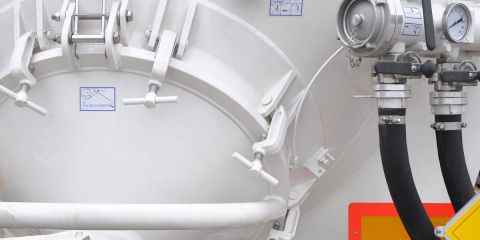Hazardous Materials / Dangerous Goods
In Canada, the transportation of dangerous goods is a complex process that involves different rules and regulations depending on the material. Working with a freight-forwarding service provider is one of the best ways to overcome these challenges.
The 9 Dangerous Good Classes According to Canada
Transportation of dangerous goods will fall under nine different classes in Canada. The TDG regulations define the details for each class.
Class 1 - Explosive Materials
Explosive materials include substances, explosives, and chemicals that are prone to igniting during transportation. White phosphorus and ammonium picrate are two examples of explosive materials.
Class 2 - Gases
Transportation of flammable gas, toxic gas, and non-flammable and non-toxic gasses must be done using specialized equipment. The gasses can be dangerous and will cause damage to the environment if not properly stored.
Class 3 - Flammable and Combustible Liquids
These are liquids that can catch fire or explode under mild temperatures. They are especially volatile when exposed to heat or an ignition source. Some examples include propane and natural gas.
Class 4 - Flammable Solids and Water-reactive Substances
These are solid or liquid substances that can cause a severe fire if exposed to water or friction. Sulfur, fire matches, and pure alcohol are examples of this class.
Class 5 - Oxidizing Substances and Organic Peroxides
These are chemicals that cause another substance to burn or react. These chemicals may be solid or liquid and are extremely dangerous when combined with many other substances.
Class 6 - Toxic Substances and Infectious Substances
This class includes a wide range of extremely harmful chemicals and. Some examples include mercury, asbestos, and chloroform.
Class 7 - Radioactive Materials
These are radioactive substances that are highly dangerous to the environment, people, and equipment. They can cause severe damage to both humans and the environment if not handled carefully.
Class 8 - Corrosive Substances
These chemicals are extremely potent and cause devastating effects on people and the environment. They must be handled with care. Some examples include sulfuric acid, hydrochloric acid, and sodium hydroxide.
Class 9 - Miscellaneous Products, Substances, or Organisms
These substances do not fall into any of the other specific classifications. These substances include many chemicals, batteries, dry ice, and other materials.
Overseas Container Logistics has an extensive carrier network that makes the transportation of dangerous goods simple. We have connections with commercial companies that can safely move all classes of hazardous materials.
We have a dedicated team of specialists that will provide invaluable assistance for Canadian businesses throughout the entire process of removing dangerous chemicals and materials.
If you have any questions about our Hazardous Material Removal Service, contact us.


